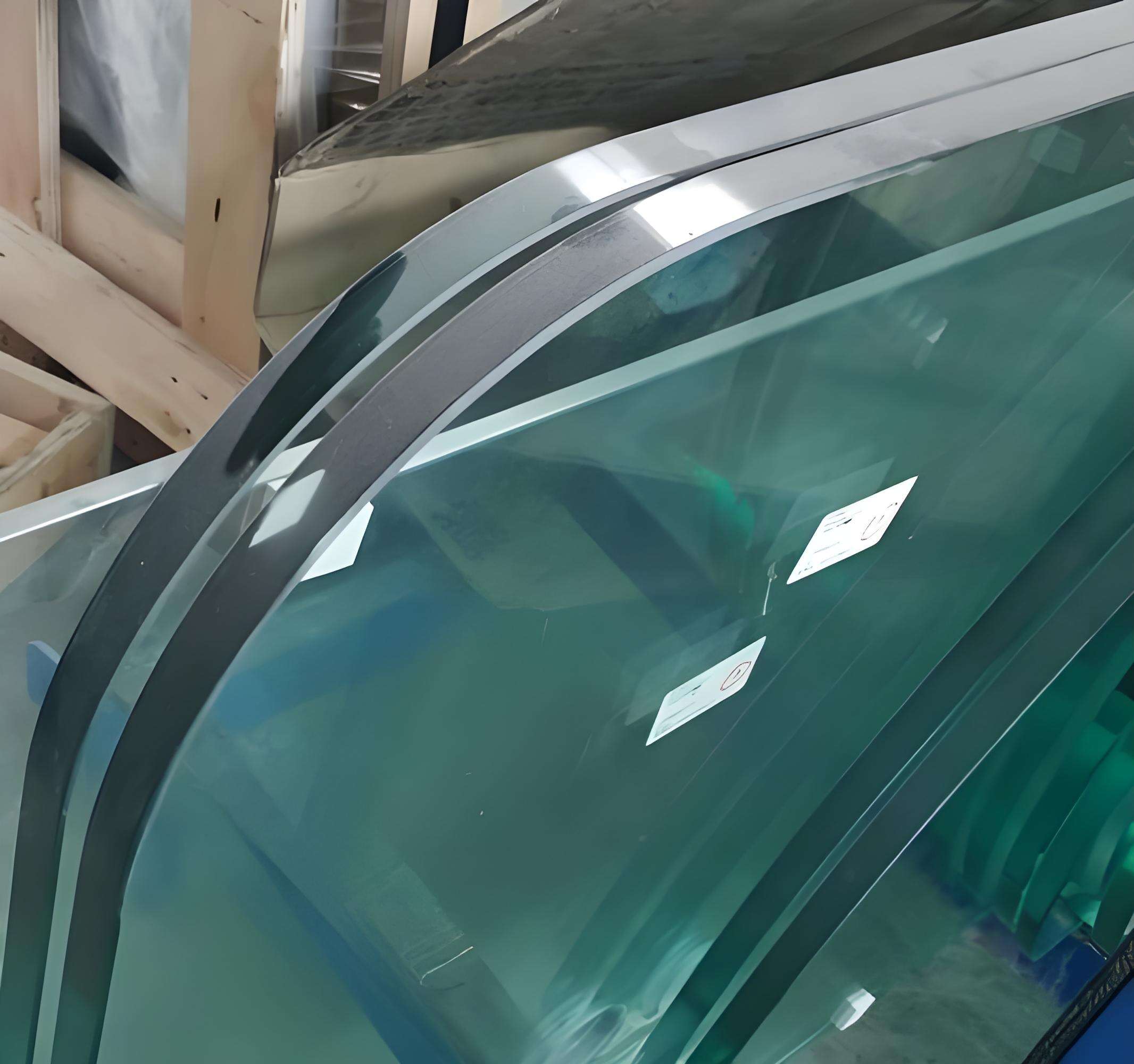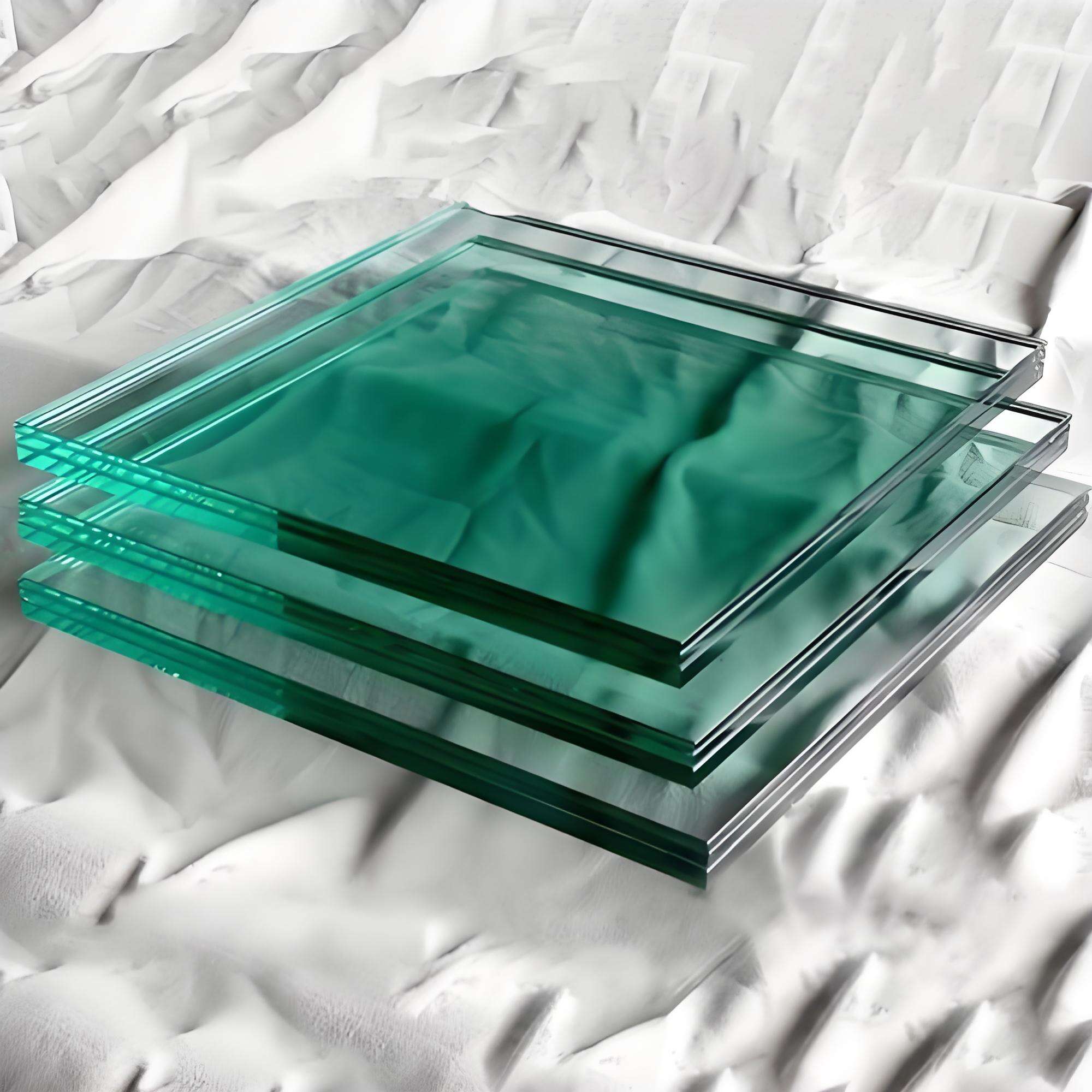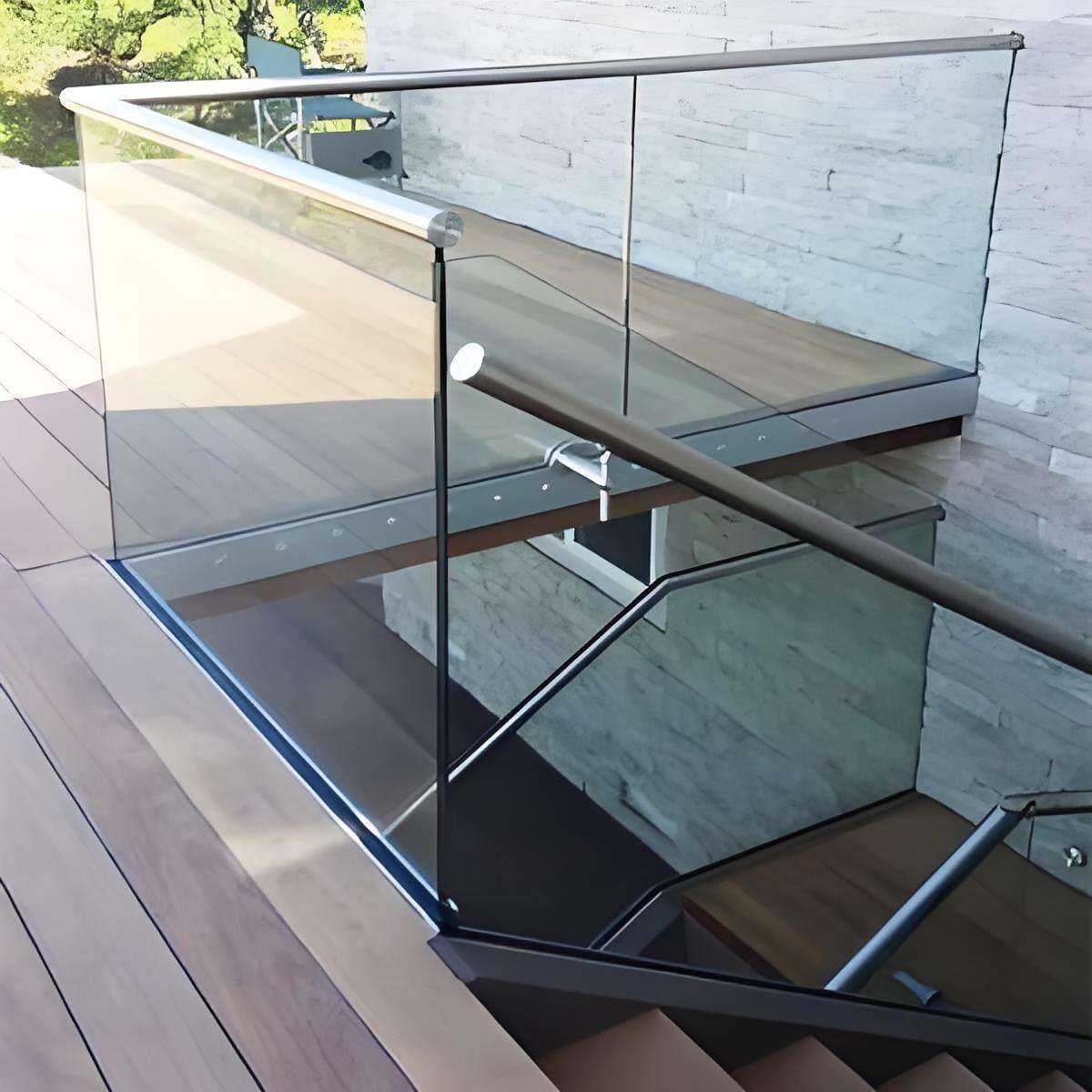4mm clear glass price
4mm clear glass price represents an essential consideration in both residential and commercial construction projects. This versatile building material offers exceptional transparency and durability while maintaining a competitive price point in the market. The standard 4mm thickness provides an optimal balance between strength and cost-effectiveness, making it a popular choice for windows, doors, and interior applications. The price typically ranges from $8 to $15 per square meter, depending on quantity, quality, and supplier location. This glass type undergoes advanced manufacturing processes, including float glass technology, which ensures a perfectly flat surface and consistent thickness throughout. The clarity and light transmission properties make it ideal for applications where natural illumination is crucial. The manufacturing process involves heating raw materials to approximately 1500°C, followed by careful cooling and cutting to precise specifications. The price reflects not only the material costs but also the sophisticated production methods, quality control measures, and market demand. Additionally, factors such as regional availability, transportation costs, and current market conditions can influence the final pricing structure.


